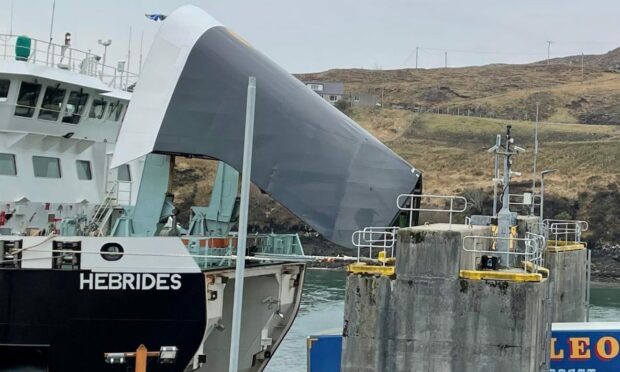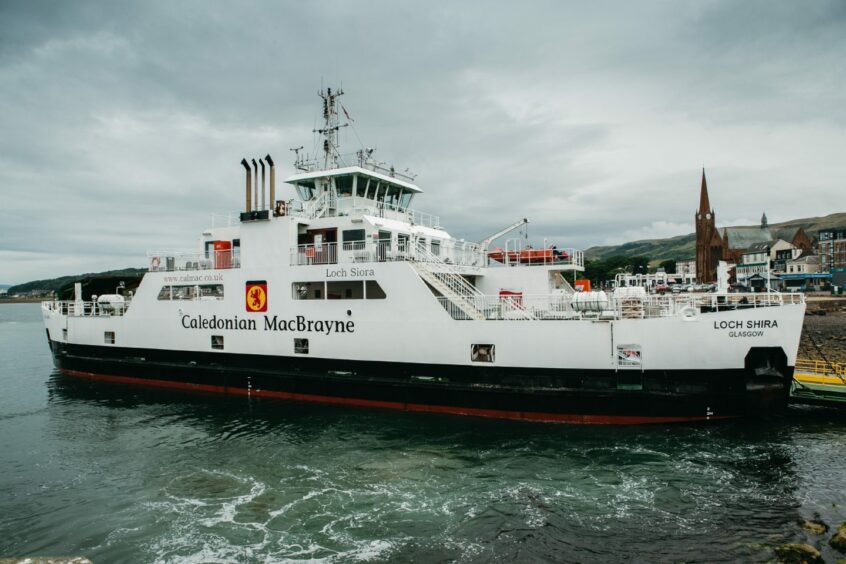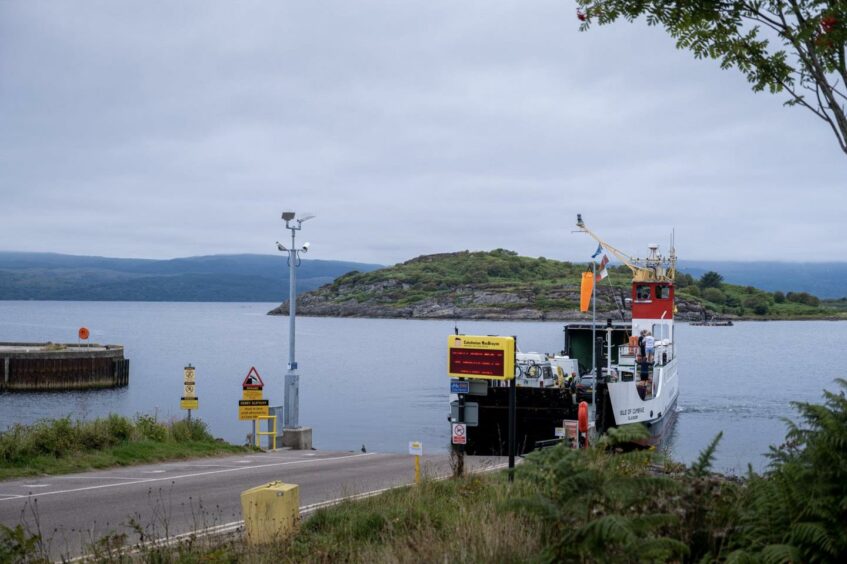CalMac are to consult on charging drivers who book a ferry and then don’t turn up.
In a consultation of all eight ferry groups on the Clyde and Hebridean routes, the ferry operator is asking if charging for “no-shows” would help to ease unused spaces on vessels.
The operator said that people often book multiple tickets – blocking sailings for other users – and then fail to make the journey.
‘Not the best or fairest way to address no-show problem’
This leaves empty spaces on the car deck which frustrates ferry users at the height of the season and space is limited.
Ferry users group Mull and Iona Ferry Committee (MIFC) said there were legitimate reasons for failing to arrive at sailings on time, and to “forfeit the entire ticket fare” was unjust.
MIFC pointed to accidents on roads, delayed market sales for live stock and travel hold ups due to weather.
Joe Reade, chairman of MIFC, said: “We acknowledge that no-shows are a problem for the service, and we often witness ferries departing with much less than a full car deck, even though online ticket sales had closed because the sailing was ‘full’.
“We are not convinced, however, that punitive charges are the best or fairest way to address this problem, nor that no-shows can by themselves account for the under utilisation witnessed.
Legitimate reasons for failing to arrive
“There are often many legitimate reasons for failing to arrive at a sailing on time – for example, as a result of traffic delays en-route to the port, or changes to travel plans due to weather (for example moving livestock to and from the mainland).
“This initial proposal from CalMac seems to be that if we are held up by a traffic jam in Glasgow and miss our intended sailing, we will forfeit our entire ticket fare. That cannot be right or just.”
Mr Reade said any changes to policy or service had to have an Island Communities Impact Assessment (ICIA) carried out on it, under the terms of the Islands Act.
Proposals in response to complaints
A spokeswoman for CalMac said the proposals are in response to complaints from communities about ferries appearing to be fully booked and then sailing with unused spaces.
She said: “It is standard practice for transport providers to discourage passengers from cancelling a booking at the last minute by charging a late cancellation fee.
“Demand is growing every year for our services and it is important that we seek the views of communities on how we maximise the number of spaces available for our customers.”
She said the ferry operator wanted to discourage ferry users from making multiple reservations, then cancel the ones they no longer require at late notice, often too late for the company to reallocate the space.
All eight ferry committees and transport forums will be consulted. Each consultation will last 30 days, the findings are due to be published in June.













